Ancient Snake “Rediscovered” to Be the Ancestor of These Massive Reptiles
In an incredible find in western Wyoming, paleontologists have discovered a new species of ancient snake named Hibernophis breithaupti.
These snakes, which lived around 38 million years ago, provide an unprecedented look into the social lives of long-extinct reptiles.
Unearthing the Fossils
The discovery, detailed in a recent paper published in the Zoological Journal of the Linnean Society, was made when four fossilized snakes were found huddled together in what is known as a “hibernaculum.”

Source: JASMINE CROGHAN
This small space, used by animals to keep warm during winter, offered a unique glimpse into the behavior of these ancient reptiles. The fossils were found nestled together, suggesting a social behavior previously unknown in the fossil record.
The Significance of Hibernacula
A hibernaculum is a rare find among reptile fossils. Most modern reptiles do not hibernate in the way these ancient snakes did. Garter snakes are the only known modern species that exhibit similar behavior.
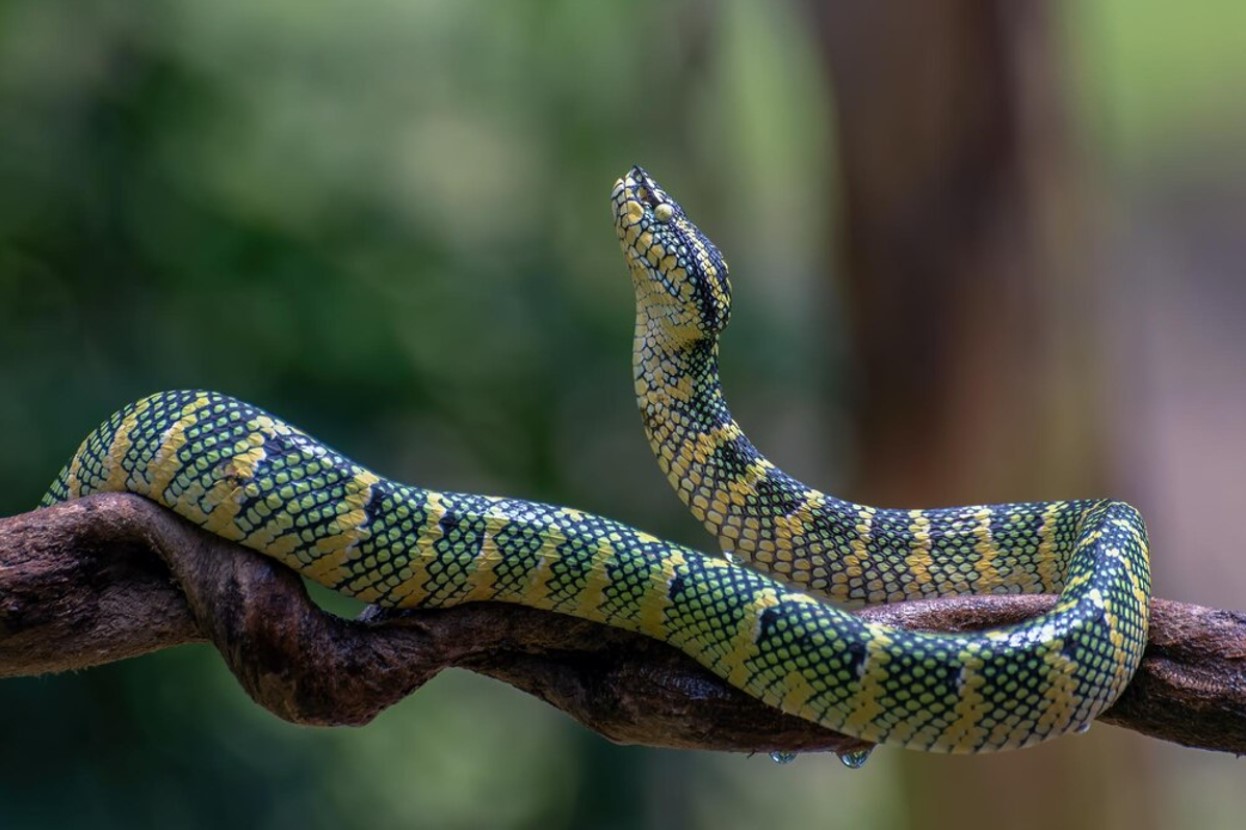
Source: Freepik
“Of the almost 15,000 different kinds of reptile species alive today, none of them hibernate in the way that garter snakes do,” said study co-author Michael Caldwell.
The Discovery of the Ancient Snakes
Snakes from the White River Formation are not well-known in the fossil record, which means that paleontologists have not been able to study the species and understand their biology and evolutionary history.
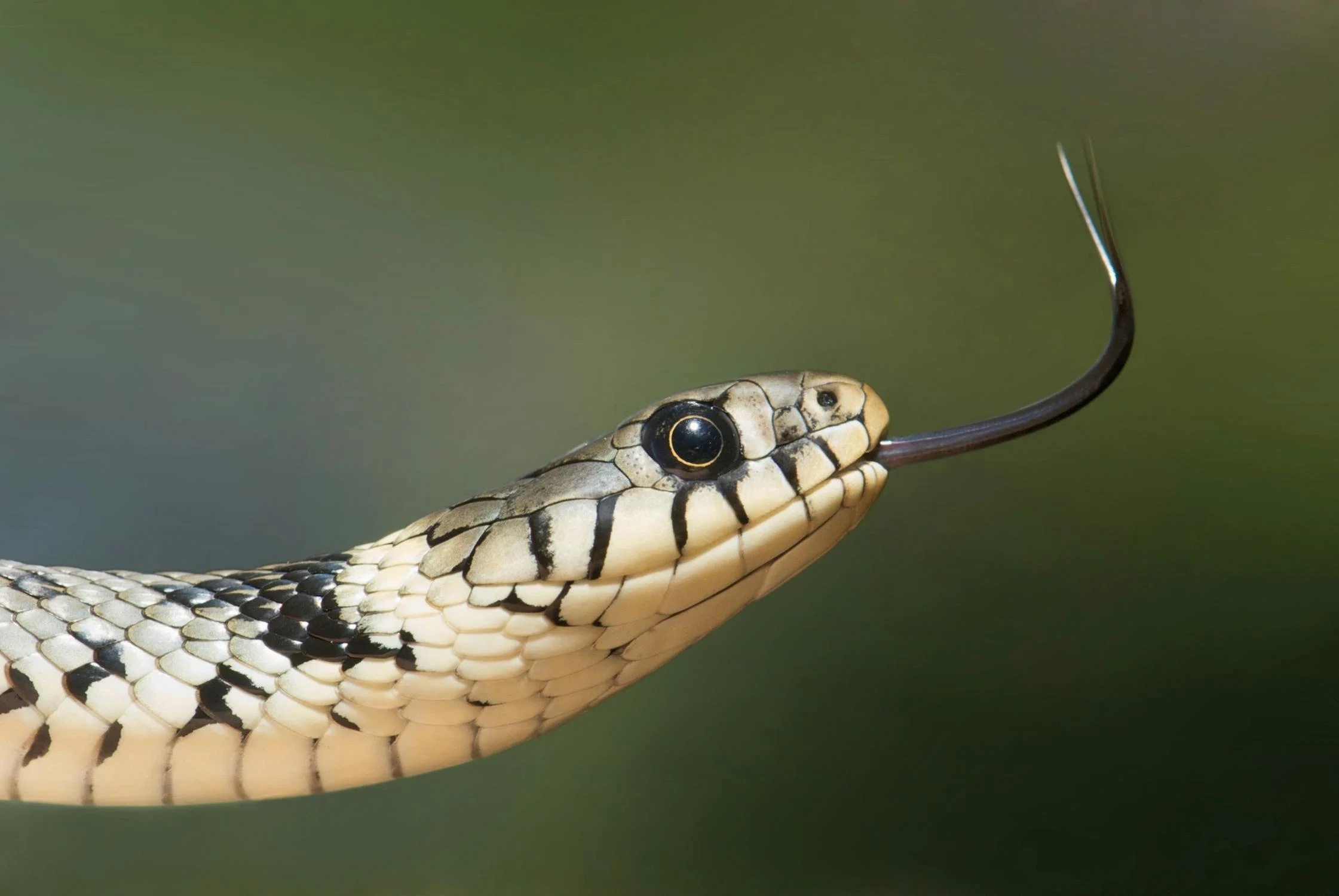
Source: Pixabay/Pexels
“Here, we’ve got three really lovely specimens in one burrow, which gives us the information we need to investigate the origins and evolutionary history of an enigmatic group of living, burrowing snakes,” Caldwell said.
The Home of Fossils
The White River Formation’s fossils are legendary for immaculately preserving a vast array of large and small mammals, birds, amphibians, and reptiles in ash-dominated rock.
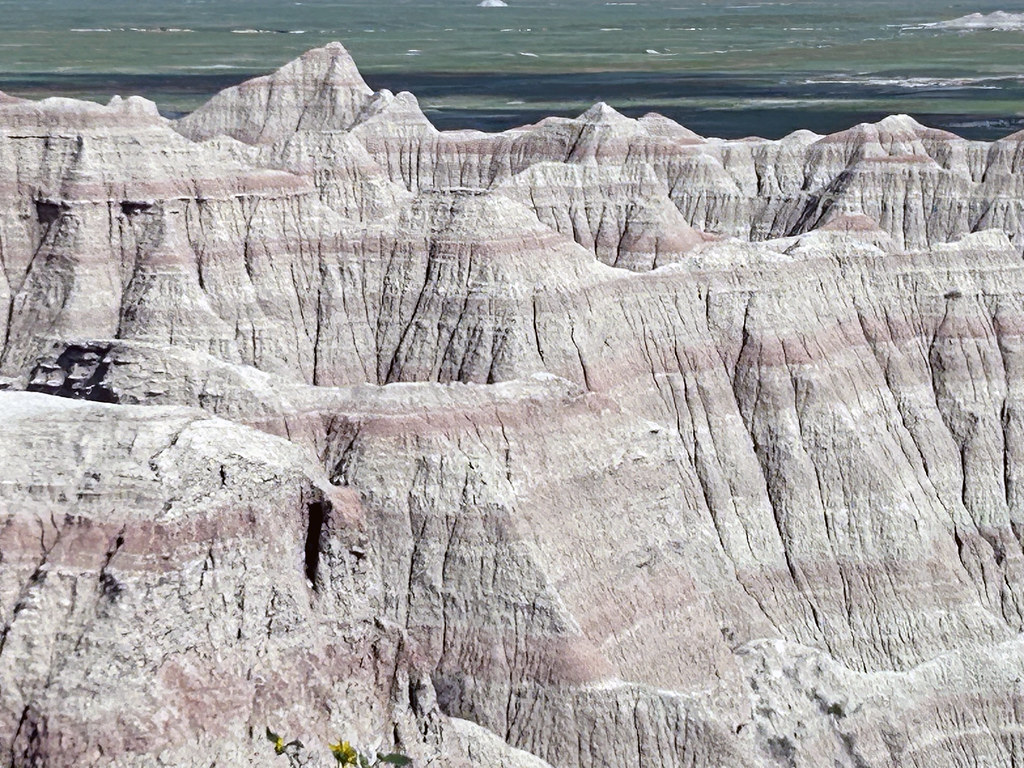
Source: James St. John/Flickr
“We find early dogs and cats, and saber-toothed relatives of cats that aren’t the same saber-tooths of the mammoth and mastodon,” Caldwell said. “Early bunny rabbits, all kinds of lizards, turtles, big-bodied mammals, early chameleons. The White River stuff is just amazing.”
Looking At Something Ancient
Researchers knew that these snakes existed, but they “never had a good fossil record of these snakes” to study them in-depth, Caldwell, a vertebrate paleontologist and evolutionary biologist at the University of Alberta, said in the statement.

Source: Freepik
Researchers discovered the fossils in the White River Formation in 1976 and first noted their clustering behavior in a 1986 study. Thanks to modern technology, researchers are able to take a closer look at the fossils for the first time.
Social Snakes of the Past
The clustering of these snakes in a hibernaculum implies that they were social animals. This behavior is reminiscent of modern garter snakes, which form large groups to stay warm during winter.

Source: Freepik
Caldwell noted, “They can’t regulate their body temperature, so they need to find a way to conserve as much heat as they can through the winter.”
Comfortable With Others
“We don’t know why they were there, but they were comfortable being together wherever they were,” Caldwell said. “Which means there is social behavior of snakes preserved in the fossil record.”

Source: Freepik
Modern snakes still exhibit this behavior, as thousands of garter snakes in cold climates have been discovered living together in holes.
The Behavior of the Snakes
The researchers believe that the fossils capture a snapshot of the social behavior of the animals just before a natural disaster took their lives.

Source: Ant Rozetsky/Unsplash
The team suspects that a small flood caught the snakes while they were in a winter den, quickly trapping and encasing them in fine sandy mudstone.
A Unique Fossilization Process
The fossilized snakes were preserved in volcanic ash after a small flood episode. This rare geological event allowed the snakes to be found articulated, with their bones in the correct order.
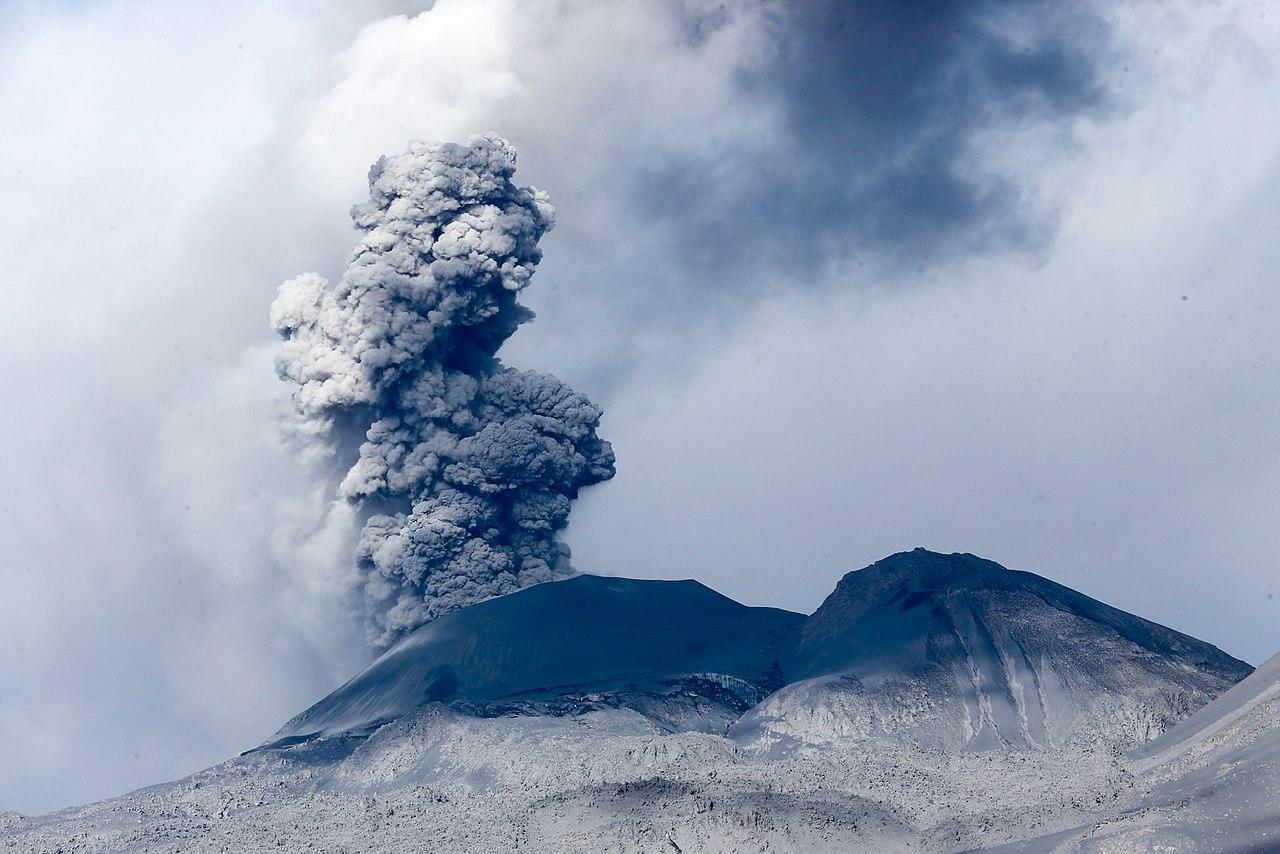
Source: Wikimedia
“Finding the whole snake? That’s rare,” Caldwell said, highlighting the significance of this discovery.
Insights into Boidae Evolution
This discovery provides valuable information about the evolution of the boidae family, which includes modern species like the Amazon tree boa and scrub python.
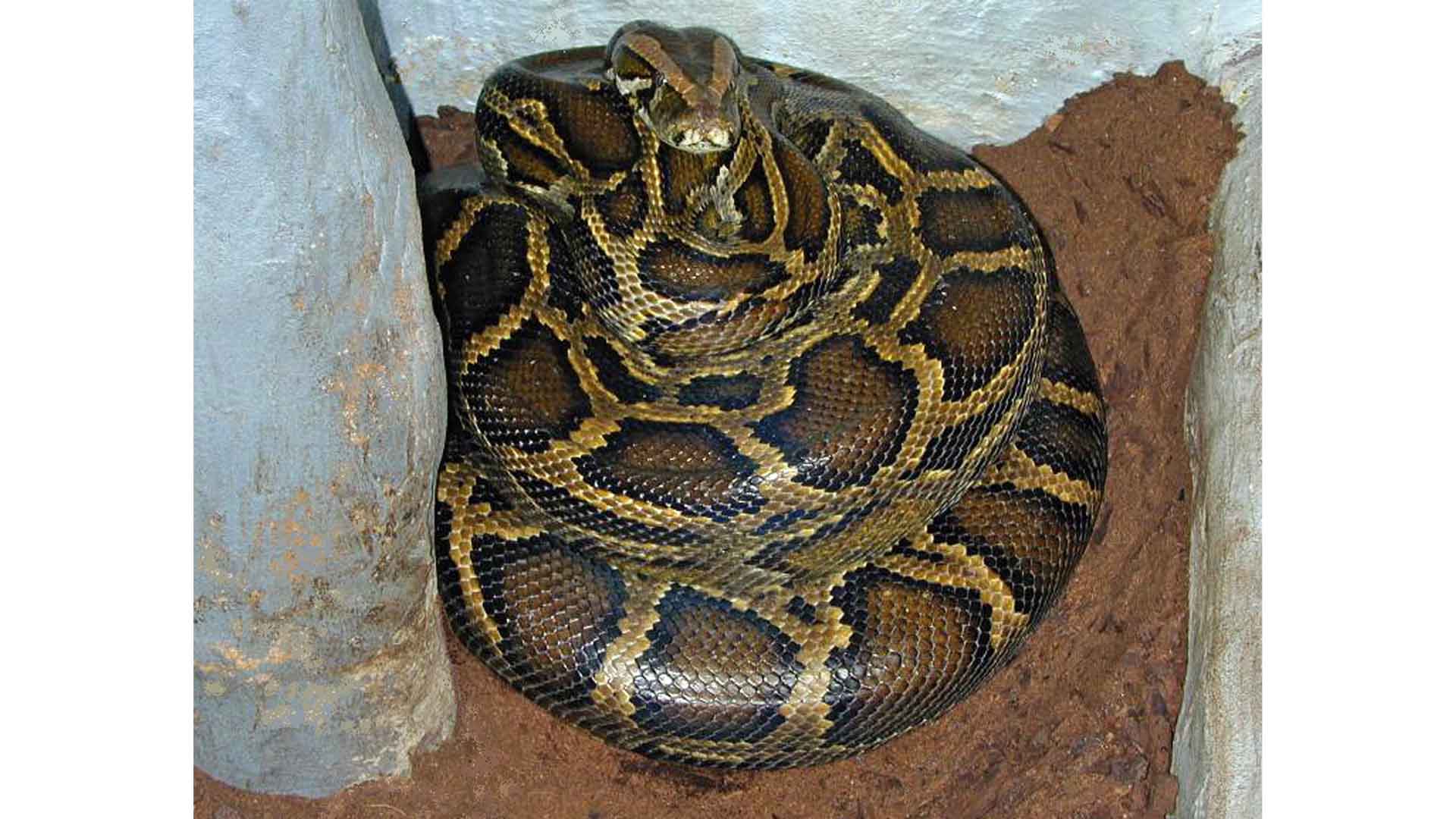
Source: Tigerpython/Wikipedia
Caldwell explained, “We learn quite a bit more about boidae evolution in the broad sense. It seems that they probably started out as relatively small-bodied snakes.”
Age and Growth
One of the fossilized snakes was about four times the size of the others, indicating it was older.

Source: Trnava Universty/Unsplash
This size difference helps researchers understand how this ancient species grew and developed.
An Unusual Winter Refuge
The discovery of these snakes in a hibernaculum challenges our understanding of reptile behavior.

Source: Ant Rozetsky/Unsplash
Most reptiles today do not hibernate in groups, making this find particularly intriguing. It opens new avenues for research into the survival strategies of ancient reptiles.
The Role of Volcanic Ash
The volcanic ash that covered the snakes played a huge role in their preservation.
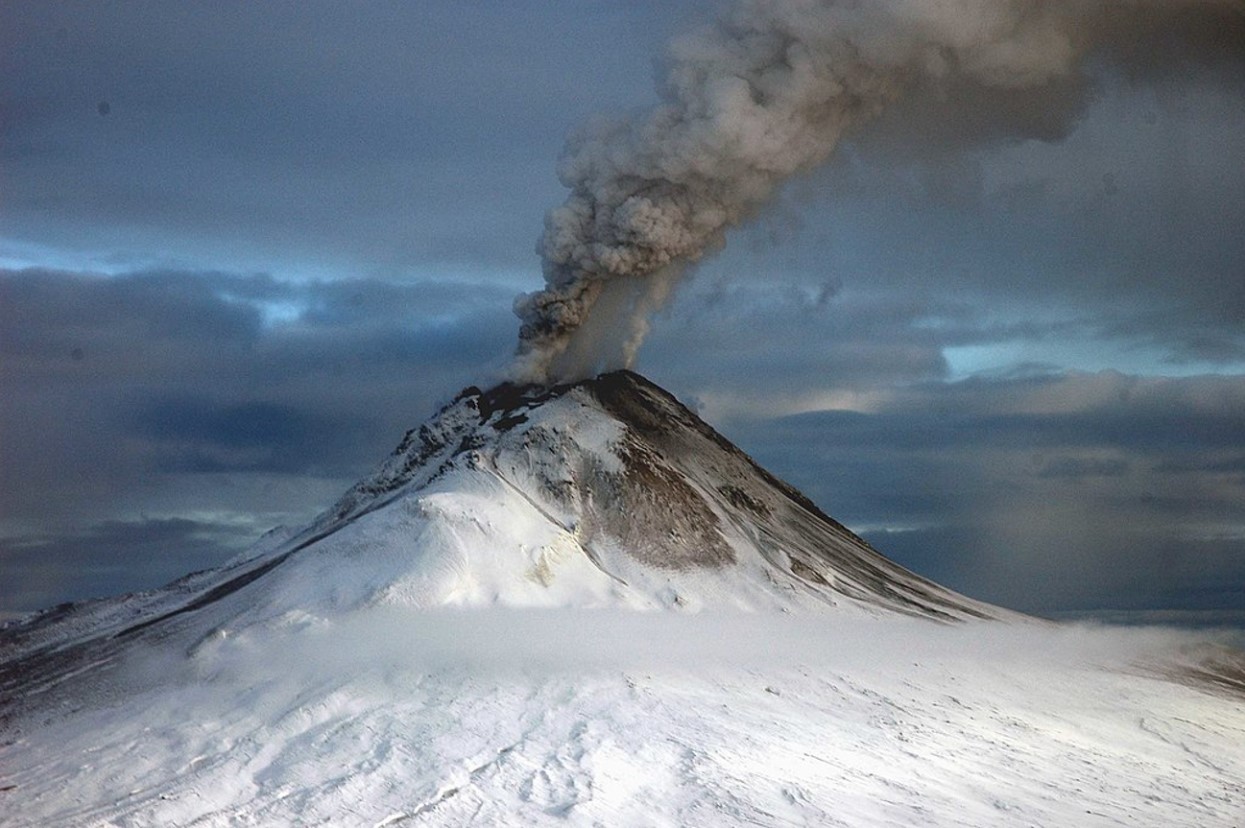
Source: Wikipedia
This circumstance allowed the snakes to be fossilized in a near-complete state, providing a rare opportunity for paleontologists to study their anatomy in complete detail.
Social Behavior in Reptiles
The social behavior observed in Hibernophis breithaupti is also rare among reptiles.
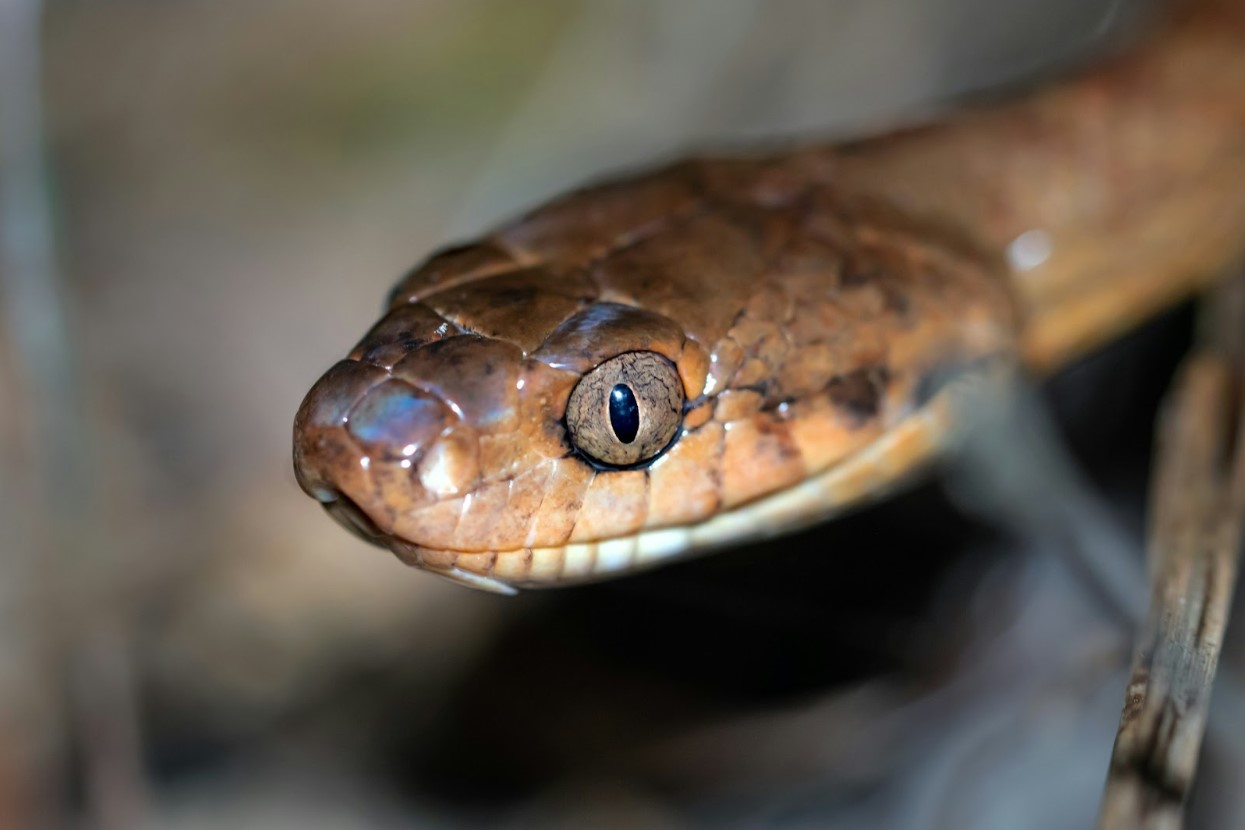
Source: David Clode/Unsplash
This discovery adds a new dimension to our understanding of reptilian social structures and how they may have evolved over millions of years.
Implications for Modern Reptiles
Studying these ancient snakes can offer insights into the behavior of modern reptiles.
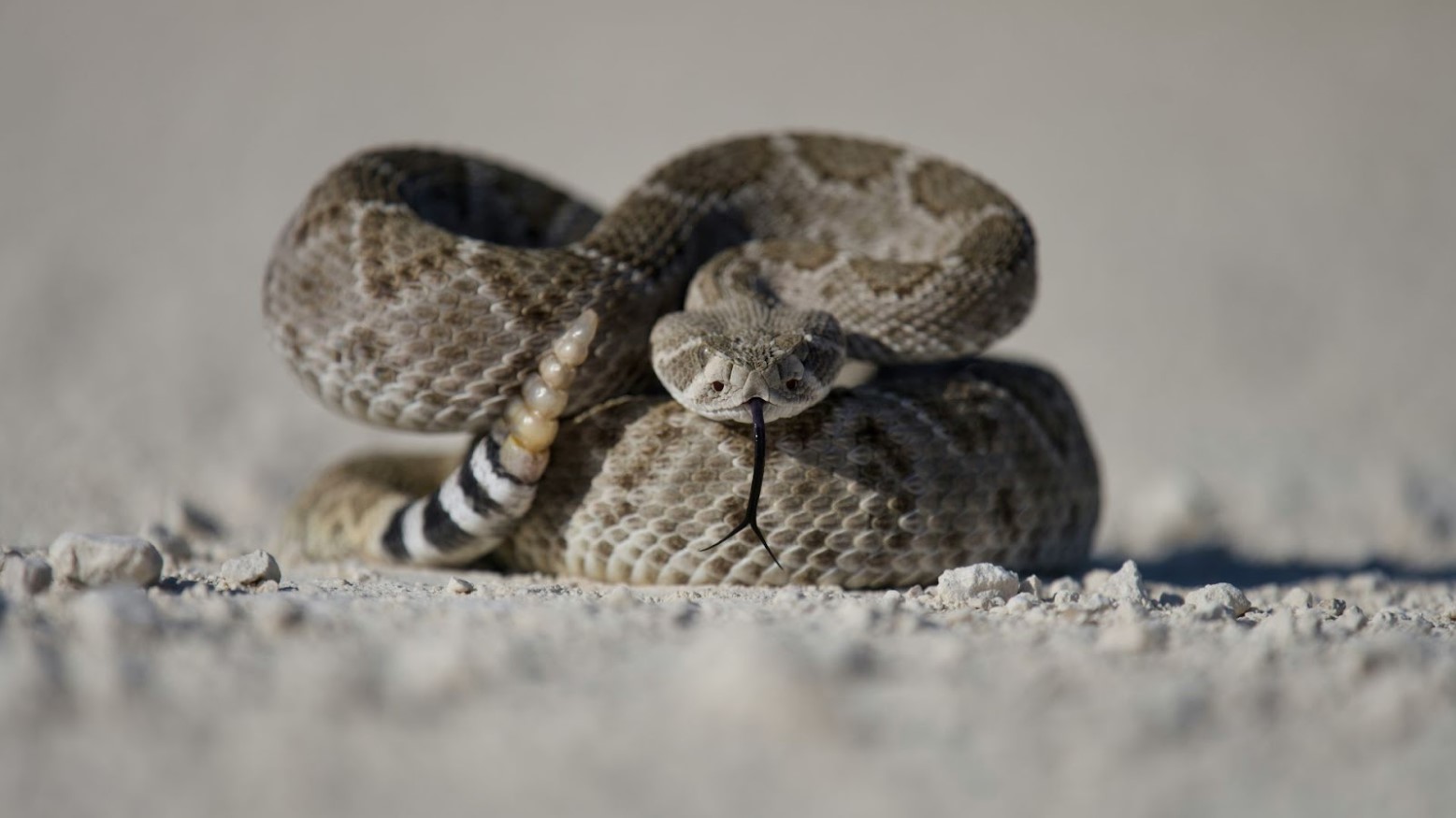
Source: Duncan Sanchez/Unsplash
Understanding the social and hibernation habits of Hibernophis breithaupti can help scientists make connections to the survival strategies of contemporary species.
The Ancestors to a Big Family of Snakes
“[W]ithout going into the gory details about snake bony anatomy,” Cladwell explains that the Hibernophis is a rubber boa, a smaller member of the boid family of snakes.
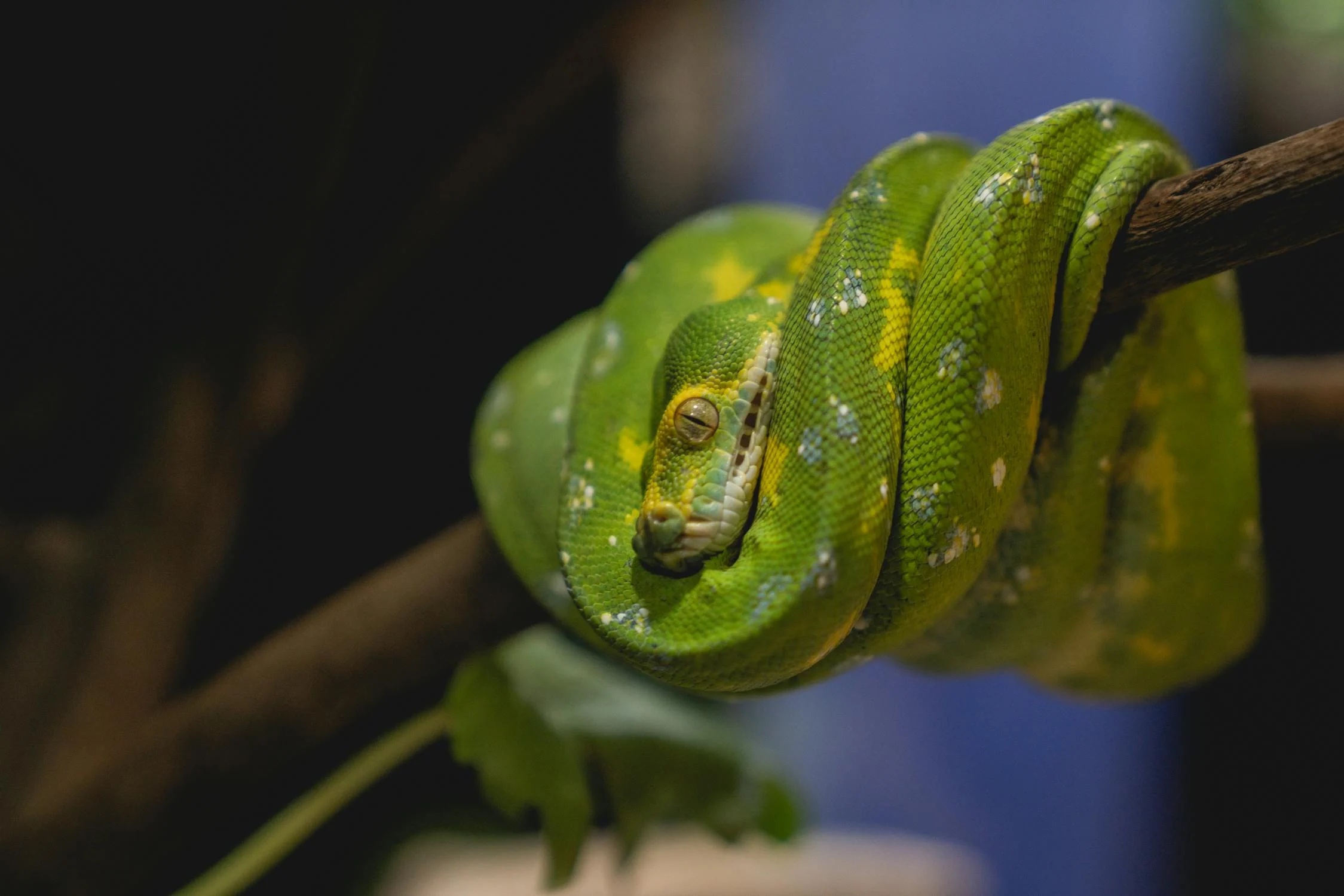
Source: Los Muertos Crew/Pexels
Anacondas and boa constrictors, both large snakes, typically inhabit South America and are part of the snake family.
The Evolutionary History of Boids
While boid snakes were and still are widespread throughout the Americas, their evolutionary history is still a mystery to many researchers. That is until the discovery of Hibernophis.
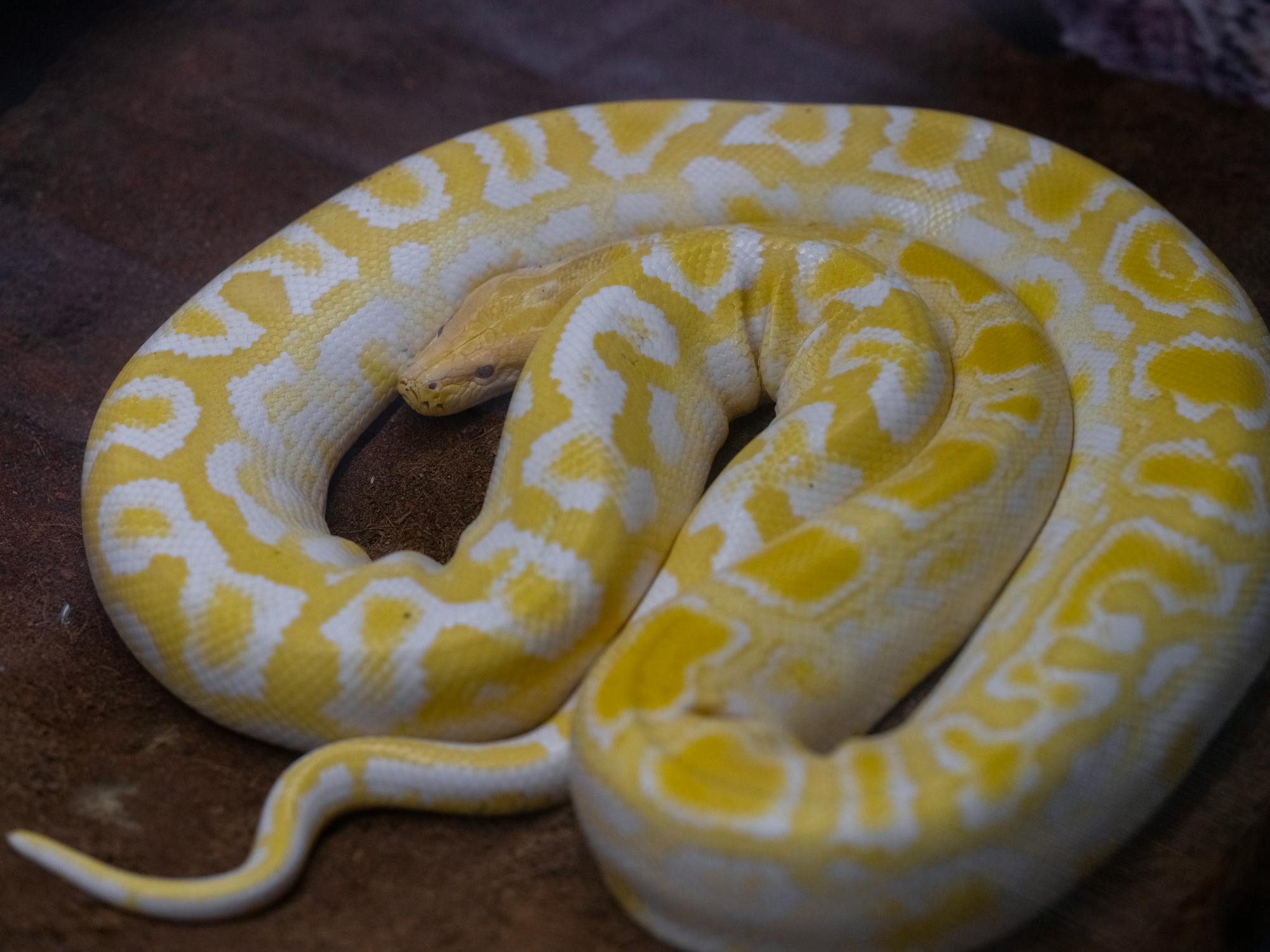
Source: Engin Akyurt/Pexels
A burrowing mammal carved out a burrow where the snakes were found. This indicates that the snakes did not mind sharing space with other animals.
The Snake Continues to Live Today
“These boas alive today are part of that same radiation as are these fossil ones,” Caldwell said.
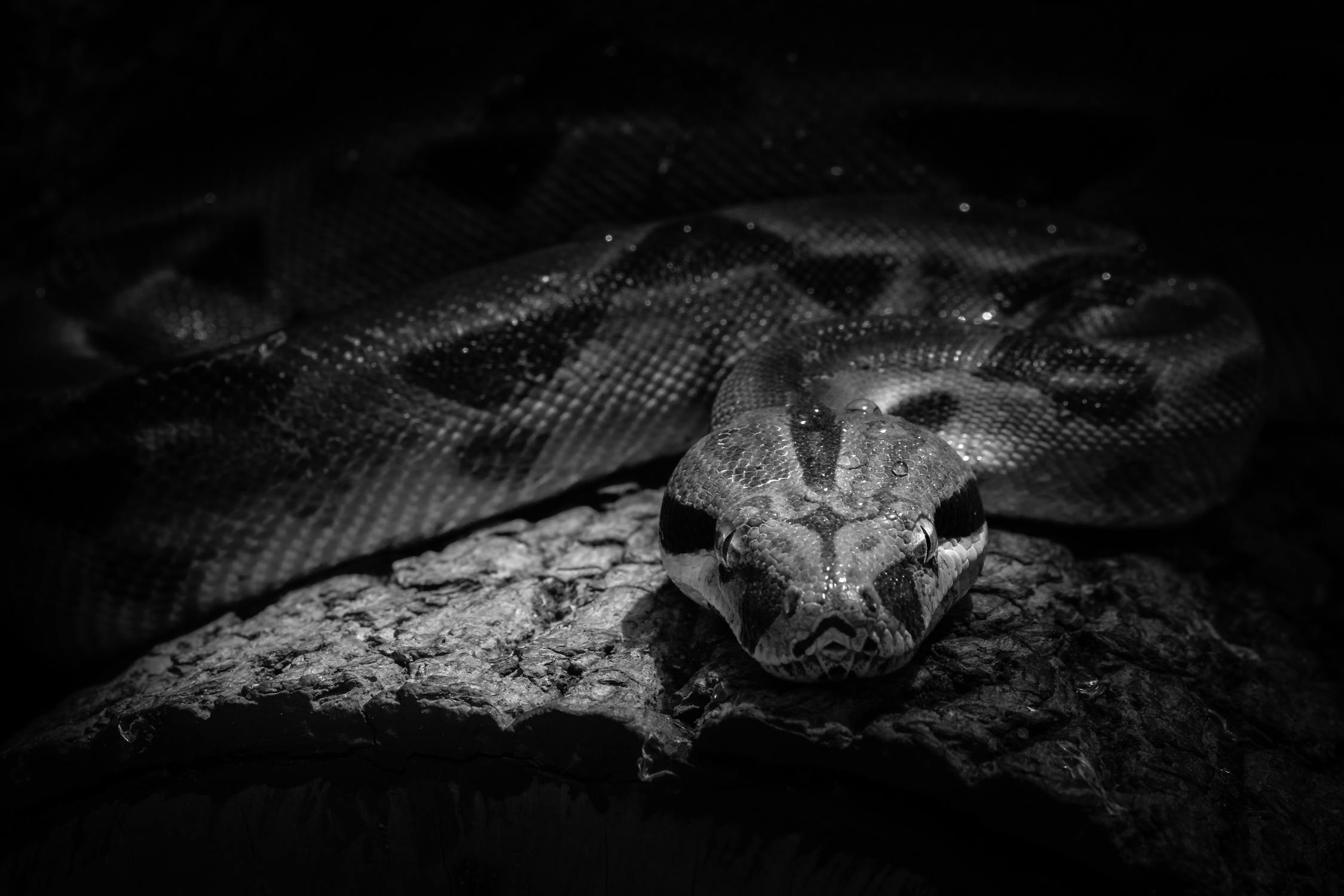
Source: Jan Kopřiva/Pexels
“They’re small-bodied night feeders that are rather secretive and spend a lot of time hiding in the sand, so very few people see them. They’re common in the pet trade if you’re into a rubber boa that stays buried in the sand in your terrarium all day, which I’m not.”
Future Research Directions
The discovery of Hibernophis breithaupti opens up new possibilities for research into ancient reptilian behavior and evolution.
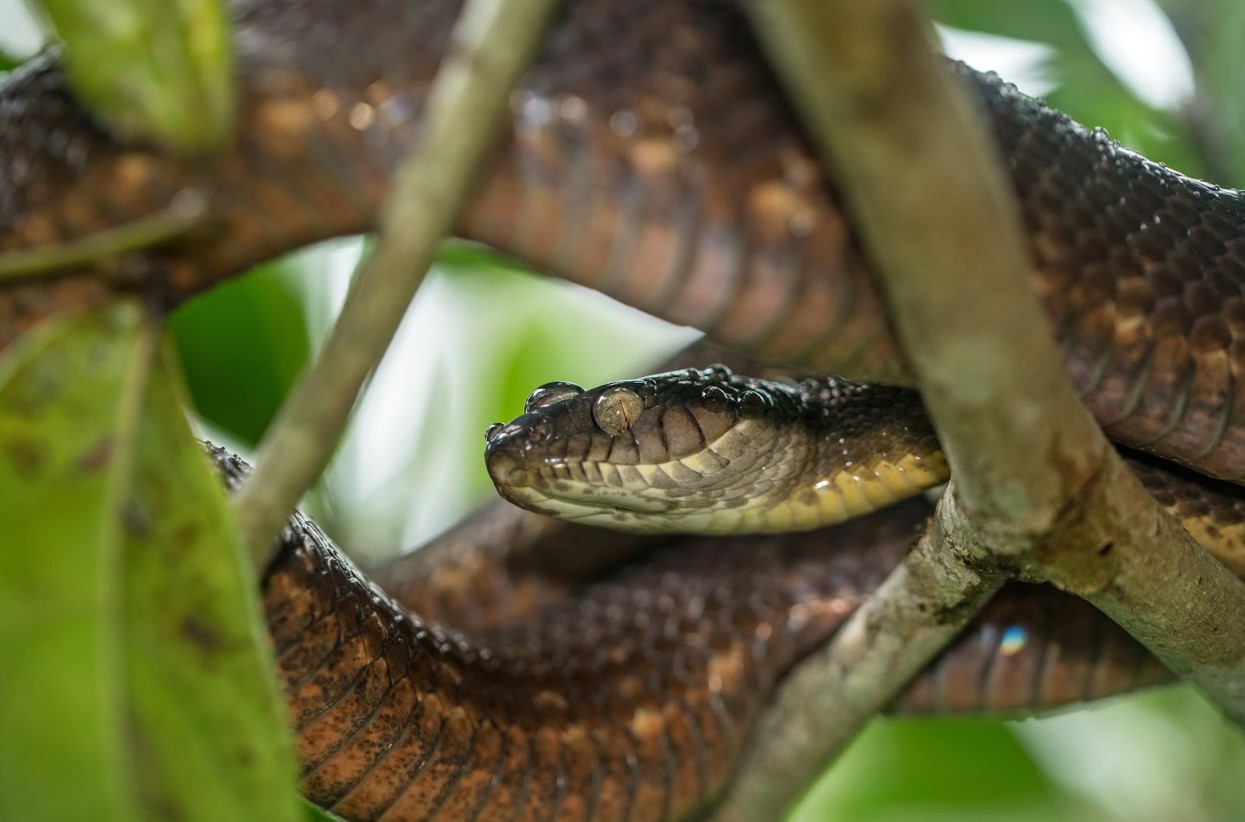
Source: David Clode/Unsplash
Further studies could reveal more about the environmental conditions that shaped the lives of these fascinating creatures 38 million years ago.
The Museum Houses Four Specimens of the Ancient Snake
The UW Geological Museum houses four specimens of Hibernophis breithaupti, which Caldwell and other researchers looked at.
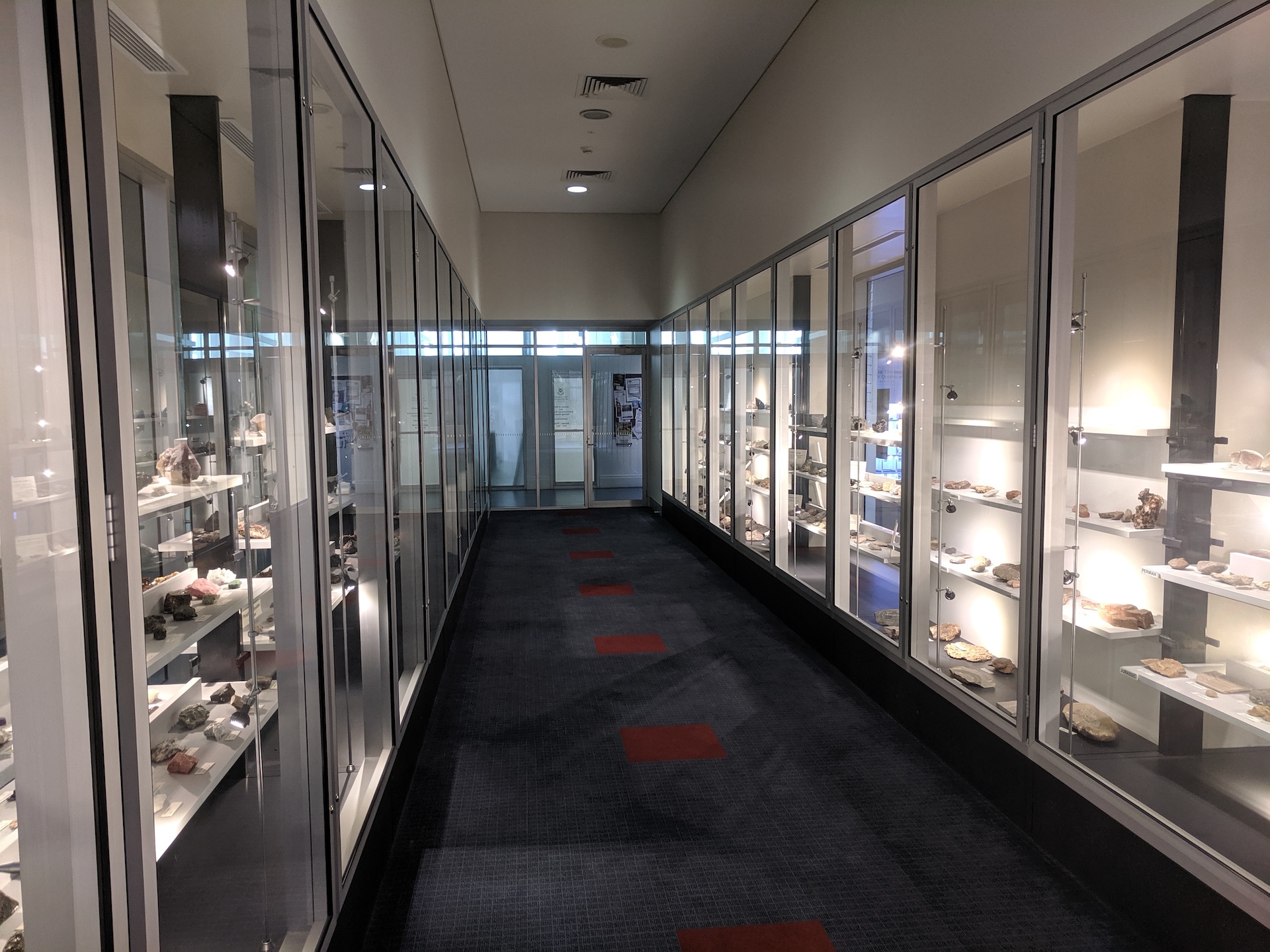
Source: Wikimedia Commons
“That’s how we found the third specimen,” Caldwell said. “It was inside the block and wasn’t clearly visible on the surface since it’s slightly below the other two.”
More Questions Than Answers
“Most people think of reptiles as dim-witted, cold-blooded, not very social, and with no maternal care,” he said. “The usual non-mammal analogies.”

Source: Freepik
However, the discovery leads to more questions for the team: “Could this be a parent and a couple of young ones? Or is it possible that we’ve got a fright response and they’ve all ended up in a burrow together in the midst of a volcanic ash event? Or were they preparing for a cold weather season? We don’t know.”
More and More Questions
Just because the team can look at the fossil and uncover some answers about the evolution of boids, the study unearths more questions than answers.

Source: Wikimedia
“Every good answer just rattles a whole series of questions even harder,” Caldwell said. “Are there more specimens of Hibernophis? What would that have to say about the hypotheses that we’ve put forward in this recent publication? How does new material and new information change what we think we know about the interrelationships of these animals with all other birds and snakes, both fossil and living?
“Rediscovery” Already-Excavated Fossils
Caldwell hopes that the “rediscovery” in the collections of the UW Geoligcla Museum will kick off more paleontological discoveries in the future from already-excavated fossils.
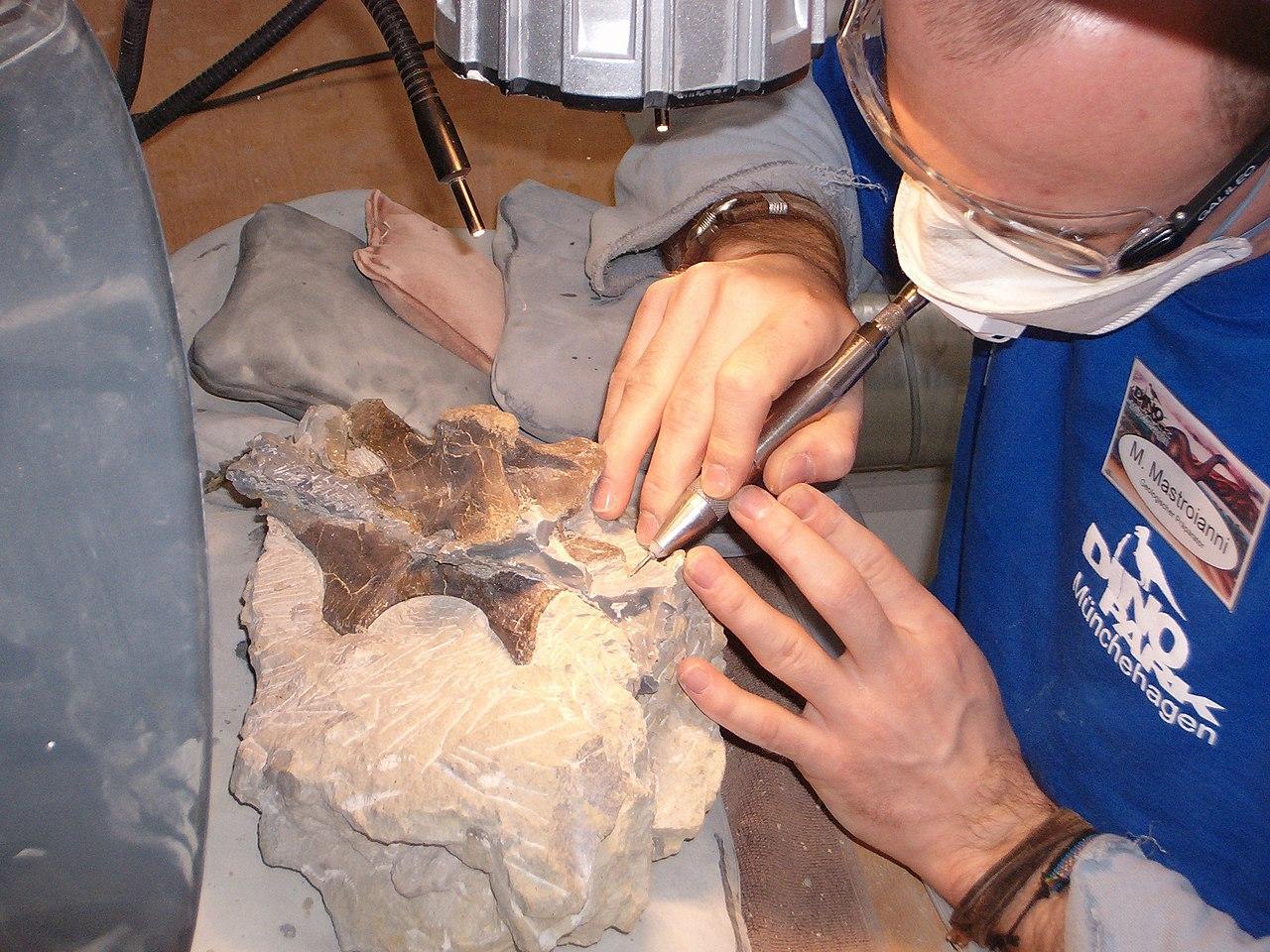
Source: Wikimedia
“There are hundreds, if not thousands, of specimens hiding away in museum collections that have never been examined,” he said. “The next places to go are out into the field and down into museum collections. Several places have good White River Formation collections. We need to see if there’s anything in those collections that’s been missed.”
